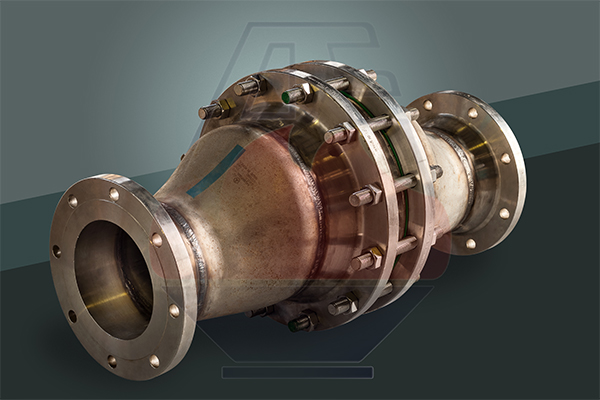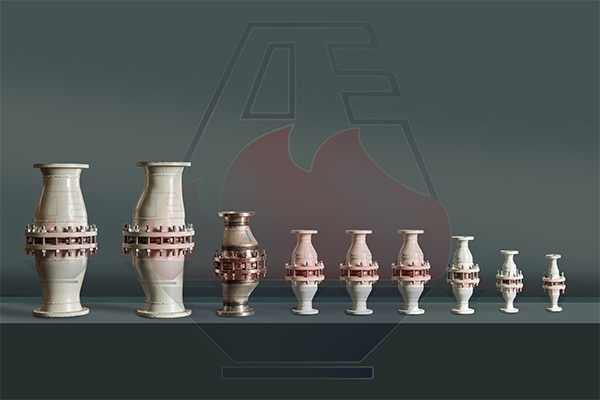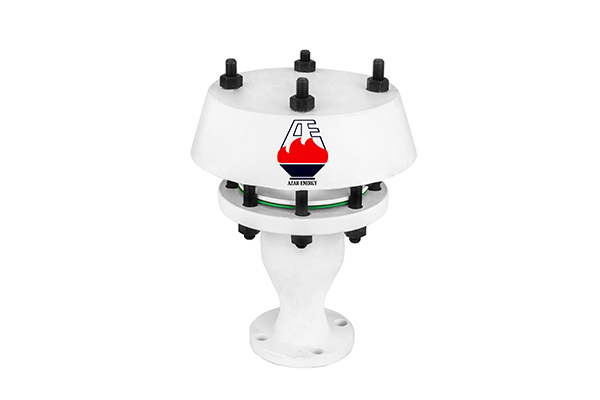A Flame Arrestor is a device which allows gas to pass through it but stops a flame in order to prevent a larger fire or explosion. There is an enormous variety of situations in which flame arrestors are applied. Flame arrestors of numerous varieties have been applied in many industries. All of them operate on the same principle: removing heat from the flame as it attempts to travel through narrow passages with walls of metal or other heat-conductive material.
Flame arrestors are used in different industries, including refining, pharmaceutical, chemical, petrochemical, pulp and paper, oil exploration and production, sewage treatment, landfills, mining, power generation and bulk liquids transportation. In some cases, the flames involve exothermic (heat-producing) reactions other than oxidation. Processes which generate the combustible or reactive gases include blending, reacting, separation, mixing, drilling and digesting. These processes involve numerous equipment configurations and gas mixtures.
Where to Use:
- Stopping the spread of an open fire
- Limiting the spread of an already occurred explosion
- Preventing potentially explosive mixtures from igniting
- Confining fire within a controlled location
- Stopping the propagation of a flame traveling at subsonic velocities



